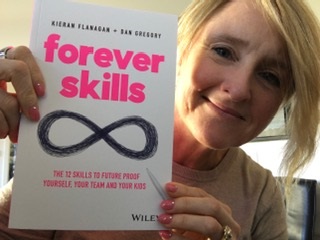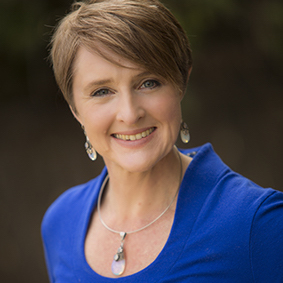I’m obsessed with broadening perspectives. I believe that the more perspectives we entertain, the better we lead. Businesses who see more, win. Leaders who see more, lead better.
When it comes to strategic planning, we may be missing critical components.
I just finished reading Kieran Flanagan and Dan Gregory’s remarkable book, Forever Skills – the 12 skills to future proof yourself, your team, and your kids. It’s a wonderful handbook to get focused on the skills that will remain evergreen no matter the turbulence of change.
They say insight is one of the critical skills. Specifically,
“Ultimately, data is incredibly valuable, but it is rarely a complete picture of reality. Creating meaning beyond numbers; countering our natural biases; using judgment and experience beyond statistics; and going and seeing for ourselves and using data as an input, not an answer, is crucial. Developing a capacity to transform raw data into meaning and value is a skill we will always need.”

Dan and Keiran assert that we need to learn how to look, see, and interpret what is going on. This is not something that a robot or AI can do. We need to hone our perception and judgment skills.
Matt Church also wrote a brilliant article recently about the seven levels of leadership awareness. The key premise is that we need to expand our awareness beyond the surface issues of what we are experiencing. We need to be observant and curious upward and outward about a range of different topics. The levels go from CONTENT – ‘the stuff of life’, through to CUSTODIANSHIP – the primary question of ‘what would love do’. A worthy read to help recalibrate your questioning and observation skills.
Matt uses questions to frame each of the levels. Becoming masterful at questions is one of the primary leadership responsibilities.
Our best way to see more, to gain a different perspective, is to lead with questions rather than answers.
Here are some useful questions to help guide your strategic thinking.
1. Systems: Consider dynamics.
What organisational systems might influence your services (good or bad)? What systems do you need to interact with – social, business, political? How might this affect your approach? What global systems might drive change in your world? These might be political, economic, environmental.
2. Trends: Consider influences.
What social, technological, economic, environmental, political, organisational, trends are potentially going to have an impact on your business? On your clients’ businesses? These influences might be local, national, or global. Can you influence any? How do you need to adjust course?
3. Values: Consider motivators.
What values are underpinning your key choices? What values is the business using to make decisions? What about the values of your customers, of your competitors? How are these underpinning viewpoints and choices? What are the overarching values of the dominant culture in which you live? Are there emerging cultural values from minorities or subversive elements to consider? How can you adjust and speak to these values in a meaningful and authentic way?
4. Blindspots: Consider assumptions.
What do you believe to be true – about you? about your work? about others? the world? Have you got reasonable evidence to back up your assertions?
5. Horizons: Consider time frames.
What factors are we considering in the next twelve months? The next three years? Ten years? Twenty years? How about fifty? Dan Sullivan of Strategic Coach talks of plans in 25 year segments. Ideas expand in such a vast time landscape.
And when you’ve considered all that, go somewhere peaceful with a decent view, preferably of a natural landscape, and rest. Let your brain make connections. Let your soul lift upwards and feel into the future, while resting gently in the now. Know that all is well, truly.
Related Articles
How to make sense of normalised chaos
The best strategic thinking needs a sounding board more than a board of directors
***


